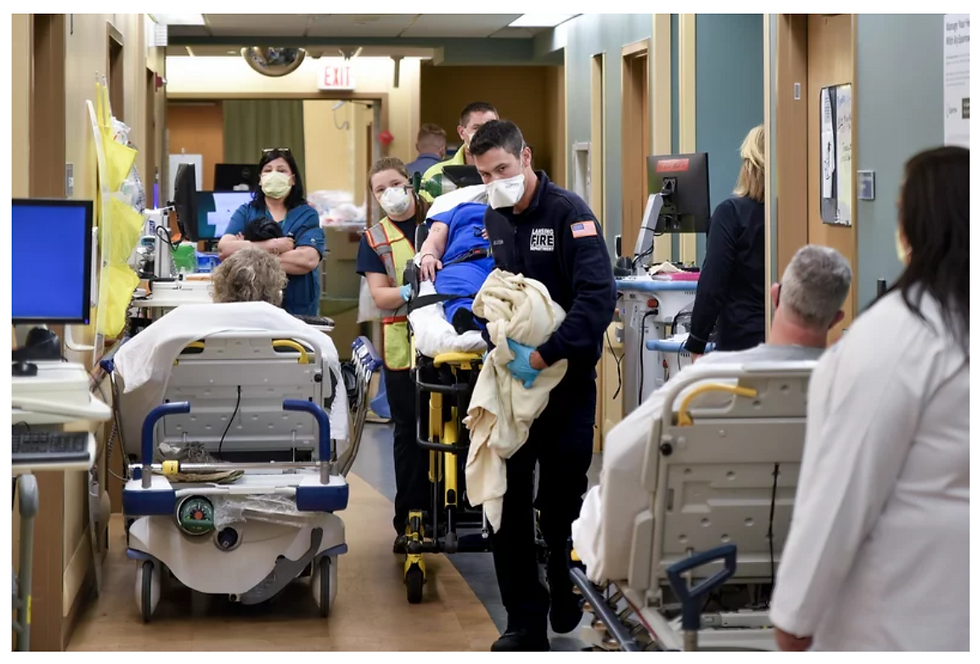Medicaid Home & Community Based Services
- katherinepiette
- Nov 15, 2021
- 2 min read
Updated: Jan 5, 2022
By Katherine Piette, CEO of Corstrata

The Covid pandemic has accelerated the adoption of @home care delivery models that are less expensive, produce better outcomes, and are overwhelmingly preferred by patients. But this concept is not new to healthcare. In 2005, Home and Community Based Services (HCBS) were established as a formal Medicaid State Plan Option designed to allow people with significant physical and cognitive limitations to live in their home or a home-like setting and remain integrated with their community.
Individual State Medicaid programs provide these services (HCBS) through state plans and authority waivers (Section 1915(c), Section 1115, or demonstration waivers). Waivers allow states to limit the number of beneficiaries receiving services, target specific populations, or limit availability to certain parts of the state.
These programs serve a variety of vulnerable and underserved populations such as children, adults and seniors with intellectual or developmental disabilities (IDD), physical disabilities, HIV/AIDS, mental illnesses and traumatic brain and spinal cord injuries.
The table below summarizes the HCBS by program type, the number of beneficiaries, and the annual spending for 2017.
HCBS Programs | # Beneficiaries | Annual Spending | # States | State Requirement |
Home Health Services | 616,800 | $5.5B | 51 | Mandatory |
Personal Care Services | 1,173,900 | $15,1B | 34 | Optional |
Community 1st Choice | 392,700 | $8.7B | 8 | Optional |
Section 1915 (i) | 81,000 | $0.64B | 11 | Optional |
Section 1915 (c) | 1,806,600 | $53.5B | 48 | Optional |
Section 1115 | 698,500 | $8.9B | 12 | Optional |
Total | 4,769,700 | $92.0B | | |
The care needs of HCBS beneficiaries vary in terms of the type and level of services. In general, this population has more complex health conditions and struggles to overcome barriers that limit access to appropriate health care services - i.e., lack of access to specialty care providers and lack of formal training for family caregivers.
Companies providing health care and support services to these vulnerable, often homebound populations grapple with accessing needed specialized services for these patients and their families. Covid has served to both exacerbate the access issues and fuel the impetus for the solution - telehealth. Virtual care is now available to help mitigate these access issues.
There are now options available for HCBS providers to offer virtual specialized consulting services and education to their patients and families. Skin health is an area of challenge for this cohort, and board-certified wound and ostomy nurses are scarce. Virtualizing access to these nurses bridges this gap. It facilitates telehealth wound, ostomy, and skin health consultations and holistic, patient-centered treatment plan recommendations and education of paid and family caregivers. The most effective education uses repetition and teach-back demonstrations, paired with a variety of educational reinforcement materials including videos and handouts. Skin health educational materials encompass a wide range of topics from pressure injury prevention and transfer techniques to incontinence management and tracheostomy skincare.
The @home care models are not new, but new telehealth and remote patient monitoring services afford the ability to provide it better and at a lower cost.




Comments